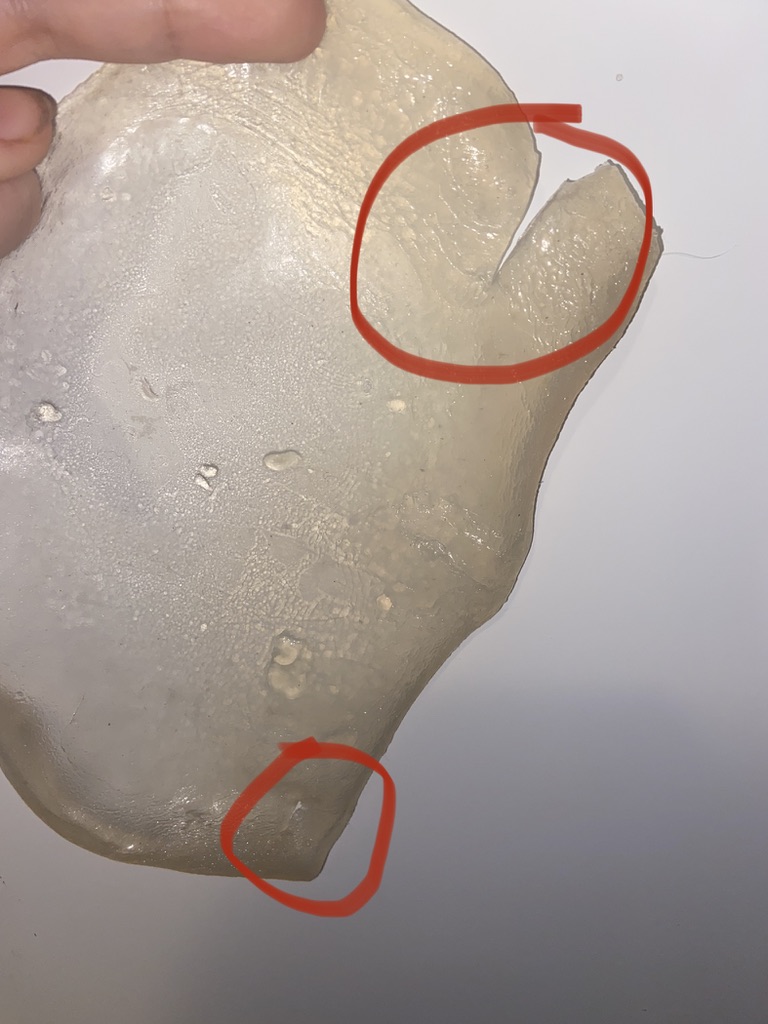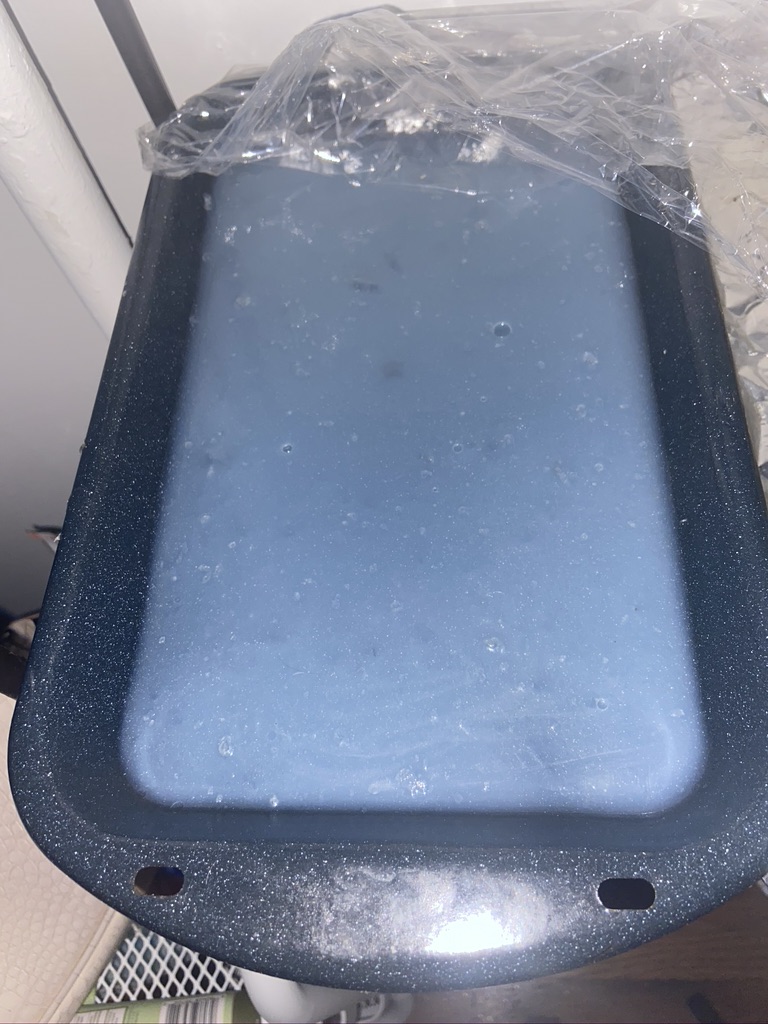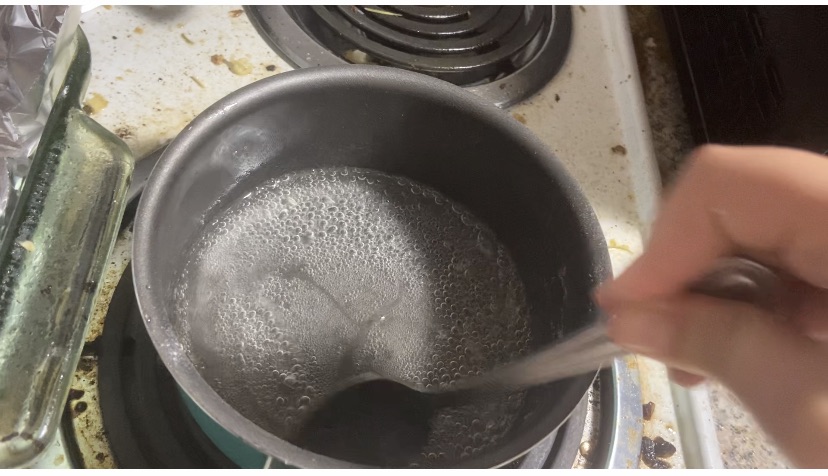microbiomes, bioplastic, environment in garment
~ Marina Carlstroem
Tissu Terroir is a biomaterialistic investigation of making plastic personal and sustainable, swabbing the microbiomes of the Astor place subway rail and Central Park soil onto agar-based bioplastic, and then creating wearable jewelries out of it.

Even when we don’t perceive it, environmental factors go into every piece of material made, and these human and non-human organisms work in a community to inform the makeup of wearables worldwide. Tissu Terroir is a project that explores the material of plastic, questions of sustainability, situatedness and personalization. Unlike other wearable materials, plastic’s place of origin and environmental conditions don’t matter much to either customer or fabricator when being purchased or worn, even though they factor into the process of fabrication just as much. Italian leather, Egyptian cotton, Chinese silk, each of these materials singularity and value relies on the cultural, environmental and historical ramifications of their cultivation. Even if the wearer has never visited the place of origin, they feel an attachment or connection to the environment via the material. It is because of this that I was intrigued by the French concept of terroir ( typically used in relation to wine) which describes the environmental factors that affect the particular crop of grapes, including the practices of farming them, the habitat in which they grow, and the environmental context in which they are grown such as moist climate, hot climate, etc. For this project I wanted to create a similar situatedness with plastic, creating a physical representation of these environmental factors, as well as trying to create a more personalized relationship between the wearable plastic and the wearer.
To achieve this, my goal was to create colonies of microorganisms from a swabbed sample of Central Park soil and a swabbed sample from the Astor Place subway station on pieces of agar-based bioplastic. I wanted to incubate these colonies on the sheets of bioplastic, creating a purse out of the colorful incubated colonies after baking them to prevent further incubation. However, I struggled to get the colonies to incubate even after covering the 5 sheets of plastic I poured with saran wrap, perching them on top of my radiator and swabbing the samples over the plastic again. In the process of having my microbes be un-cooperative, it helped me to think about the ways I had been denying the very living nature of the organisms that I was attempting to highlight. I expected them to perform in a certain way that I wanted for my product, instead of asking myself how best to co-create this piece with them. I also struggled to fabricate with thread or staples to create the purse out of multiple sheets, as the plastic kept ripping whenever I would put the needle or staple through it, and not holding the staples or the thread. I still wanted the plastic to be wearable, so instead of creating a purse I decided to create a wearable cuff bracelet, a pendant, earrings and a ring. While my samples are from places I care about and want to have physical biological remnants of that I can wear, I can imagine replicating these pieces with the microbiome of a partner’s cheek for a wedding ring, a swab from a favorite library book’s cover for a pair of bio-literary earrings, colorful kelp (which is the main ingredient in agar) based beads in a necklace from an ocean that’s close to your heart, or any sort of personalized design you can dream of.
Bio – Marina Carlstroem
Marina is a sophomore in Gallatin, studying the intersection of Politics, Performance and Urban Space. She’s always looking for ways to connect science and art and continuing learning how to live joyously and reverentially with the land in a multitude of ways.


